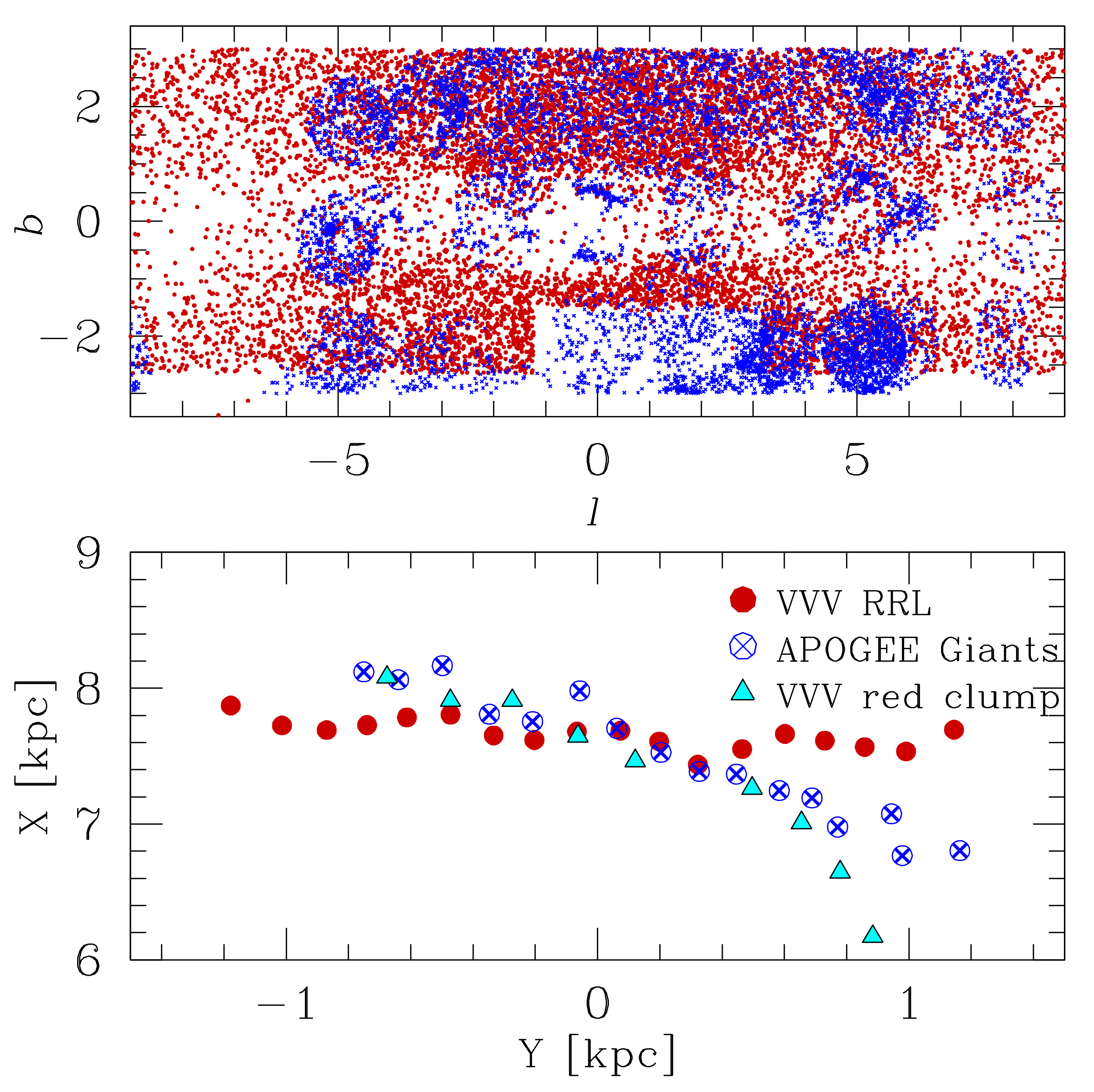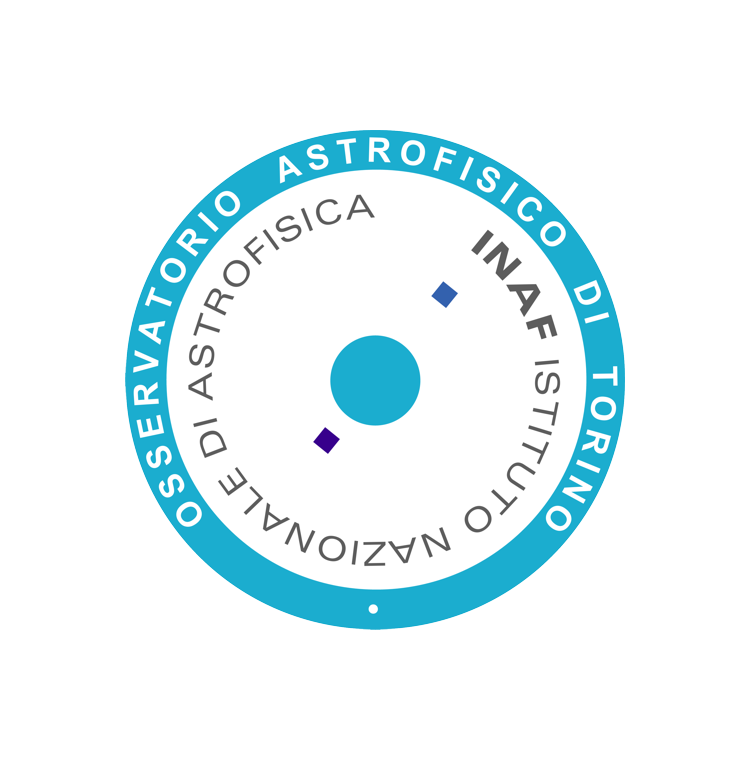
250211.On the use of field RR Lyrae to constrain the early formation of the Galactic spheroid
Giuseppe Bono
Thursday February 19, 2025, H 11.00 AM
Aula Verde Dept. Physics – Via Pietro Giuria,1 10125 Turin
LIVE STREAMING

Abstract
RR Lyrae are low-mass radial variables and they can be used as tracers of old (t>10 Gy) stellar populations and accurate primary distance indicators.
During the last few years they have been the cross-road of several photometric and spectroscopic investigations and they have been identified not only in the Galactic components hosting old stellar populations (Halo, Bulge), but also on the Thin disk.
This circumstantial evidence opens the path to new views concerning the early formation of the Galactic spheroid.
We discuss recent findings based on kinematic data (proper motion, distance) provided by Gaia and on ground-based spectroscopic data (radial velocities, abundances) of field RR Lyrae.
Moreover, we plan to discuss the identification of stellar streams and the impact that major/minor accretion events have had on the mass assembly of the Milky Way.
Local contact: Antonaldo Diaferio

